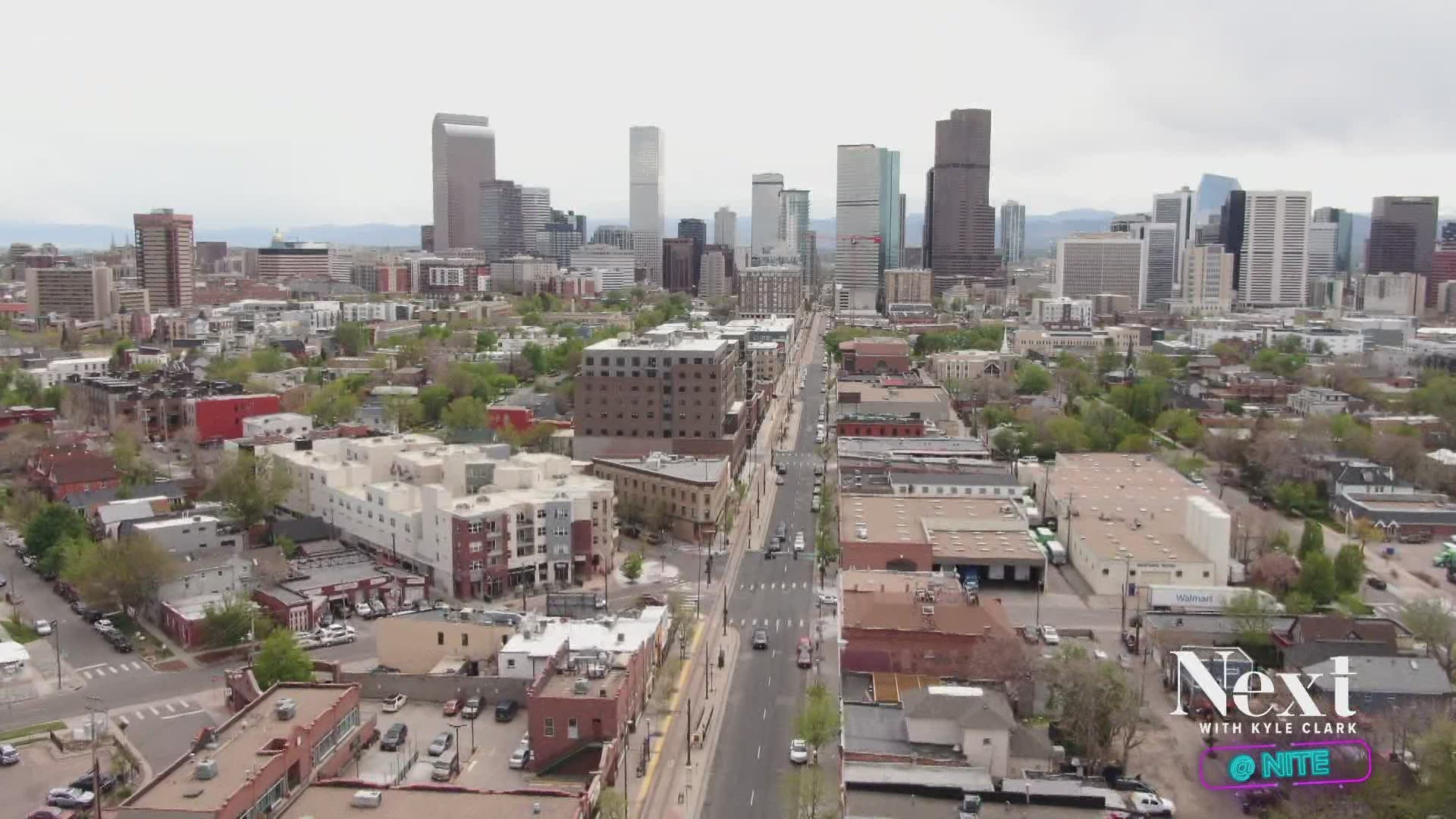DENVER — When people talk about Colorado’s climate, there’s one line that’s shared a lot: the state has warmed up around 2 degrees Fahrenheit over the last several decades.
That might not sound like a lot on its own, but climate experts said it has real implications for our water supply, wildfires and how we live our lives day to day.
Assistant State Climatologist Dr. Becky Bollinger said talking specific numbers and climate change is hard to relate to.
"People don't really connect to that," she said.
She said according to data from the National Oceanic and Atmospheric Administration (NOAA), Colorado's average temperature has warmed up by around 1.5 degrees Fahrenheit in the last 30 years, and 2 degrees when looking at max temperatures.
"You think it's the difference between 90 and 92, it's not a big difference, what's the big deal?" she said. "But, there is a lot that goes into changing that number."
She said it might help to think about it in the context of the number of 90 degree days we've had and the 100 degree spree we've endured.
"We know that the Denver area and a lot of areas around the state and country are experiencing more 90 degree days than we used too," Bollinger said. "Consider if you grew up in Denver in the 80s … in the 1980s you probably only saw about 20 to 30 90 degree days that were considered the really hot days.
“That wasn't the normal for summer. Now it's more common to have 90 degree days and less common when we have cooler 80 degree days."
RELATED: Wildfires are a threat to Steamboat Springs’ water supply. Here’s how the city is getting ready
RELATED: After 20 years of drought, Western Slope ranchers face choice — keep adapting or move along
We can pull back for an even bigger picture.
Larna Kates is the climate program manager for Denver Water.
"On the ground, it’s manifesting through changing extremes, heat extremes, heat waves," Kates said. "Drought conditions, wildfire conditions."
With the state expected to keep warming, it doesn't bode well for droughts.
"Just the western half of the state that is still in that … where we have now exceeded 40 weeks of extreme drought," said Megan Holcomb, a senior climate specialist with the Colorado Water Conservation Board.
It's all interconnected with our wildfire season, our water supply that's already being tested, and how we live every day.
"It's not just day temperature, but night temperatures," said Grace Rink, the chief climate officer for the city of Denver, "This is the high desert. It's common to have hot days and cool nights. Those cool nights are important for the thousands of people who don't have AC in their homes, because they never needed them in older homes."
"If you are a construction utility worker, someone who cares for children and want them to play outside, more 90 degree days is a serious problem," she said. "It's serious for health and well-being and for some, if they can continue their livelihood."
Bollinger said modeling from 2006 forecasted the big picture current climate trends and that they are matching what's happening in Colorado.
She said those same models show that the state could warm anywhere from 2.5 degrees to 5 degrees by 2050, compared to the 1971 to 2000 numbers under a medium to low emission scenario.
Every climate expert 9NEWS spoke to said they didn't want people to lose hope.
Rink said a big player in this will be corporations and businesses.
She also said on an individual level, neighbors can plant trees together, compost and recycle.
This is the beginning of a series of conversations we will have on Next with Kyle Clark about Colorado's climate.
SUGGESTED VIDEOS: Full Episodes of Next with Kyle Clark

